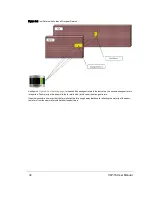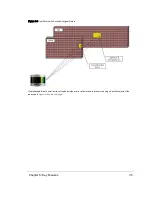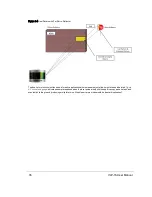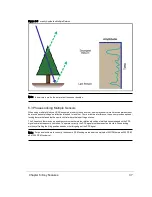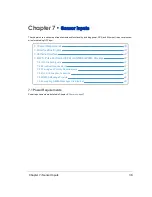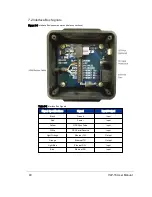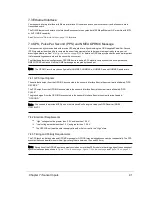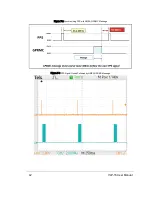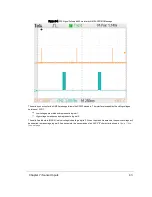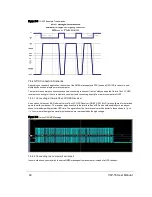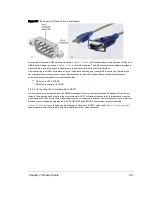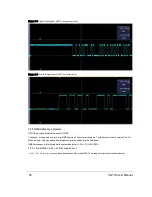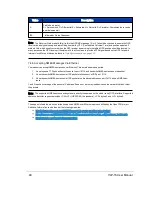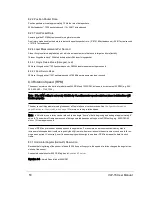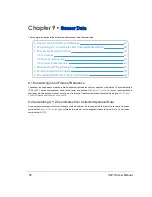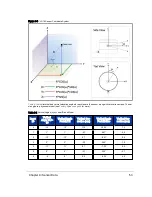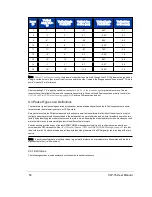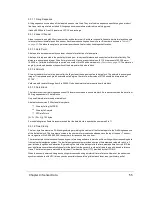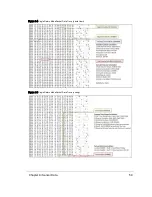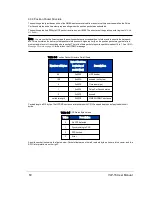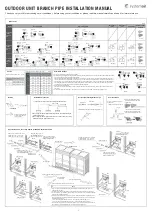
Value
Description
A
Fix Mode Indicator:
A = Autonomous, D = Differential, E = Estimated, N = Not valid, S = Simulator. Sometimes there can be
a null value as well.
*6A
* followed by 2-byte Checksum
Note: The Receiver Status (aka Validity) field in the GPRMC message ('A' or 'V') should be checked to ensure the GPS
receiver is actively positioning and is providing trustworthy UTC (Coordinated Universal Time) and position updates. If
status is Void, which usually occurs when the GPS receiver is searching for satellites, GPS position should be ignored. In
many instances, the GPS receiver, if its status is Void, will continue to provide a PPS signal based on the GPS receiver's
internal clock. More on this can be found in
Time Synchronization on page 123
7.4.6 Accepting NMEA Messages Via Ethernet
Your sensor can accept NMEA sentences over Ethernet. Three methods are supported:
1. A host opens a TCP connection to the sensor’s port 10110 and transmits NMEA sentences on the socket.
2. A host transmits NMEA sentences in UDP packets to the sensor’s UDP port 10110.
3. A host transmits NMEA sentences in UDP packets to a broadcast address on port 10110 with an NMEA sen-
tence.
1 and 2 require knowledge of the sensor’s IP address. 3 does not, but it may load devices on the network that don’t want
the packets.
Note: The supported NMEA sentence and syntax are exactly the same as on the wired (serial) GPS interface. Supported
sentence delimiter sequences include <CR><LF> (HEX 0D0A, the standard), <CR> by itself, and <LF> by itself.
The support follows the ad-hoc but widely supported NMEA over Ethernet approach utilized by the OpenCPN project.
Additional information can be found at the following web sites:
http://stripydog.blogspot.com/2015/03/nmea-0183-over-ip-unwritten-rules-for.html
https://opencpn.org/wiki/dokuwiki/doku.php?id=opencpn:supplementary_software:nmea_instruments
http://arundale.com/docs/ais/nmearouter.html
48
VLP-16 User Manual

